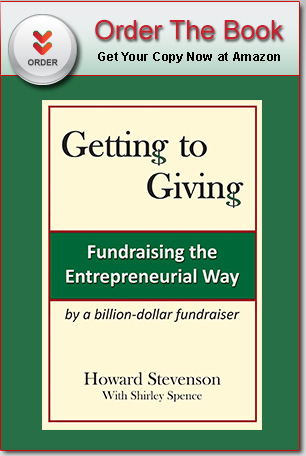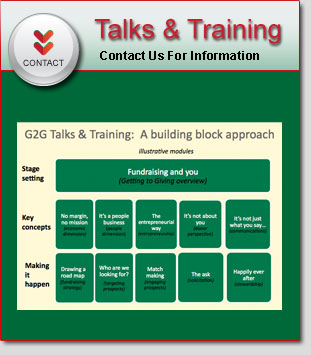In a 2015 survey, philanthropists across the U.S., Europe, Asia and the Middle ranked health as their number one priority overall and the most urgent local cause. One commentator pointed to a key challenge, however: “The number of health-related causes and organizations promoting them has increased dramatically.” [1]
Now, let’s say that you want to get philanthropically involved in a health-related cause. Where to start? Here are some questions to ask yourself.
1. What is motivating me?
The health sector is rife with problems to solve and opportunities to be seized. Your motivation often may be personal and likely will lead to one of four key areas:
- Your local hospital: When one man’s father died in a makeshift rural medical clinic, he personally raised the funds to build a full service regional hospital with top notch facilities and staff.
- Curing a disease: The examples are many of individuals and families who commit themselves to research and development targeted to a disease afflicting themselves or a loved one.
- Patient care: Unmet social needs – homelessness, for example – directly impact care needs and outcomes. One woman founded an initiative – Health Leads – to provide a solution.
- Systemic reform: Some people take a big picture view, and want to get engaged in public policy research or advocacy.
2. How much am I able and willing to commit, for how long?
This one is about time and talent as well as treasure. You have to be realistic. Maybe you can’t fund a new cancer wing but you can sponsor a garden where patients and families can relax. Maybe you are willing to make a one-time contribution but not a ten-year pledge. Maybe you lack the time (or skills) to serve on a board but can volunteer for a day of service or a specific project.
3. Who can I work with, and should I?
Who else is working on this issue? There may be one or several organizations out there already committed to your cause. You can support one or all of them. You may find like-minded individuals who are interested in pitching their dollars in with yours, too, for greater impact. Due diligence will be required, of course. External rating agencies can provide a starting point. (see our How trustworthy are external ratings blog)
Is this a well-functioning organization? There is a danger of only backing winners. You may have an even greater impact by helping a mediocre organization with a powerful mission to improve, but that may require rolling up your sleeves rather than just going along for the ride.
What if you can’t find anyone? Rare diseases, for example, often attract little or no attention. Some medical philanthropists, often people with business experience, decide to launch a new venture dedicated to their specific cause. (More on that, in another blog.)
4. How do I measure success?
There are two levels to the question. First, there’s the organization that you choose to support. As we’ve discussed before, performance measurement is hard. Accountability and transparency on the part of leadership is as important as the metrics, which will depend on the problem you are trying to solve and organization’s mission.
At a broader level, the question is: How satisfied am I with my philanthropy? Most people support more than one organization or cause, and your philanthropic portfolio probably will change over time.
It comes back to Question 1: What is motivating you to be philanthropic?
Many factors may come into play: family values/legacy, religious faith, gratitude and a desire to give back, public recognition, a sense of duty, tax incentives, wanting to have a significant impact, personal experience with a problem, altruism or simply the good feeling that comes with giving.
Philanthropy, as we’ve said before, is an intensely personal thing. You must develop your own scorecard, and ask yourself from time to time: How satisfied am I with my philanthropic activities and what they are accomplishing? And, is this a personally satisfying experience, to me?
[1] 2015 BNP Paribas Individual Philanthropy Index, Forbes Insights



